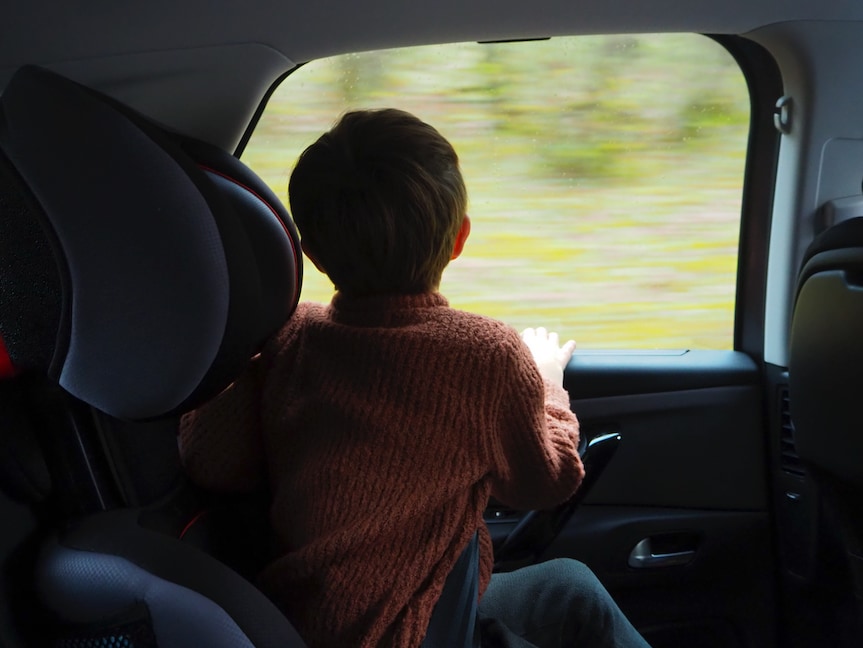The
National Safety Council (NSC) is working to support stronger laws to protect children from being knowingly left in unattended vehicles. The NSC is helping to advance new technology that may reduce heatstroke deaths in children left in hot cars. One of these technologies is a
Rear Seat Reminder (
also known as Rear Occupant Alert) that will soon be included in all new cars. If a rear door is opened and closed within ten minutes before the vehicle is started or is opened and closed while the vehicle is running, five chimes will sound, and a message will appear on the instrument cluster screen to remind the driver to check the rear seat for passengers.
The Rear Seat Reminder will also activate whenever the vehicle is stopped, turned off, and the driver's door is opened. This new tech first appeared in some General Motors vehicles in 2017 and is now available in many new vehicles. In 2019, the US Congress proposed the Hot Cars Act to mandate rear-seat occupant detection in all new cars. The Act passed through the Senate last year and now all new vehicles sold will incorporate this technology by 2025.
The Association of Global Automakers and the Alliance of Automobile Manufacturers include almost every car manufacturer in America, and they agreed to put rear-seat occupant alert systems in all passenger cars as standard, working ahead of the Hot Cars Act. In fact, you'll find these systems already in place in cars by Ford, General Motors, Nissan, Subaru, Honda, Hyundai, Toyota, and Volkswagen.
This initiative has gone global as well with Europe's Euro NCAP applying Child Presence Detection systems in vehicle in all 2023 passenger models. Ford Middle East is now installing similar features in cars and trucks sold throughout the region.
We are already seeing a positive impact from this technology. The latest information from the US non-profit Kids and Cars tells us that the numbers of children left in vehicles is already dropping thanks to automakers who are already using this technology. In 2021 the number of child deaths due to being locked in hot cars dropped to 26 and there have been eleven incidents so far in 2022.




